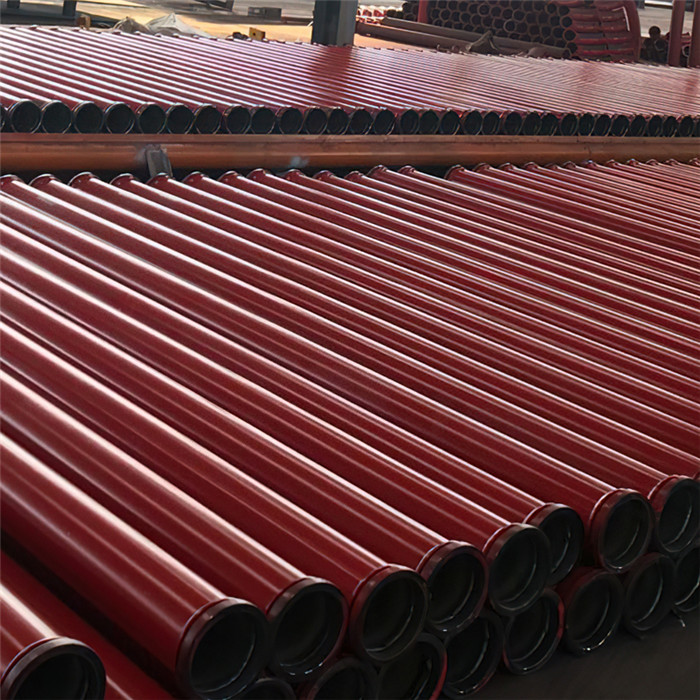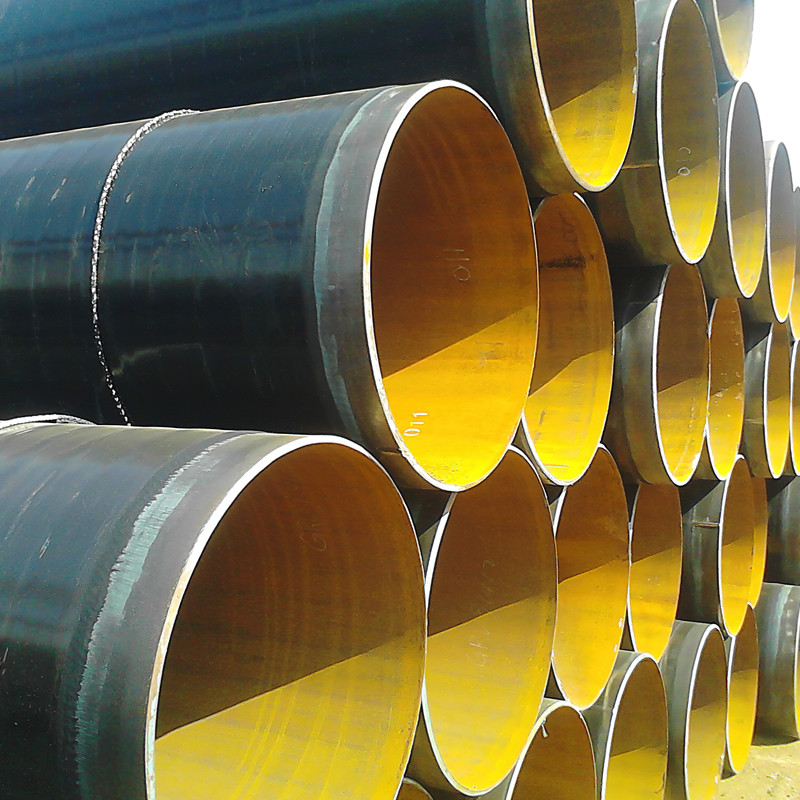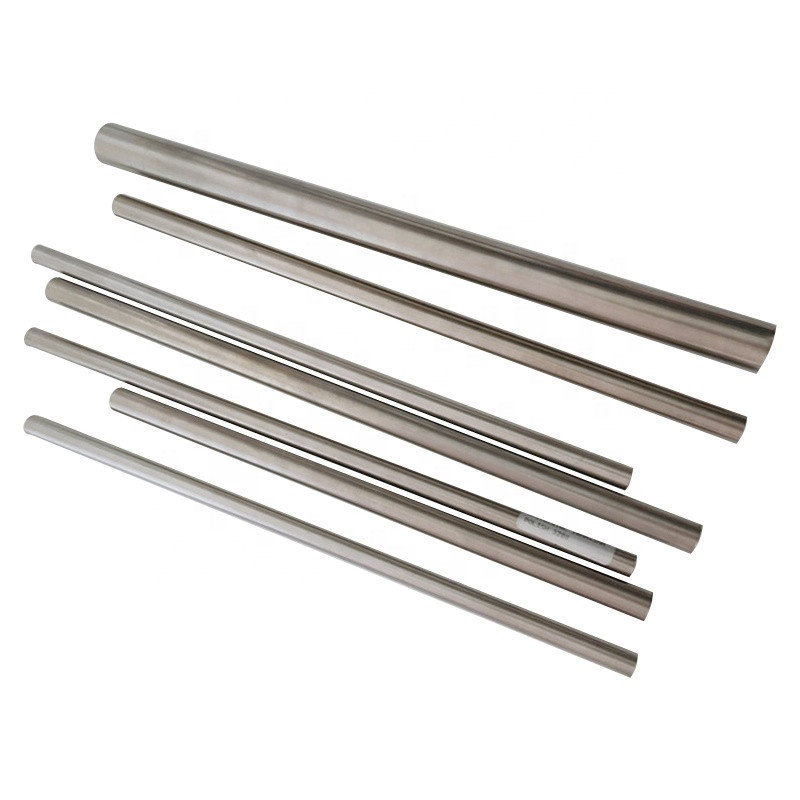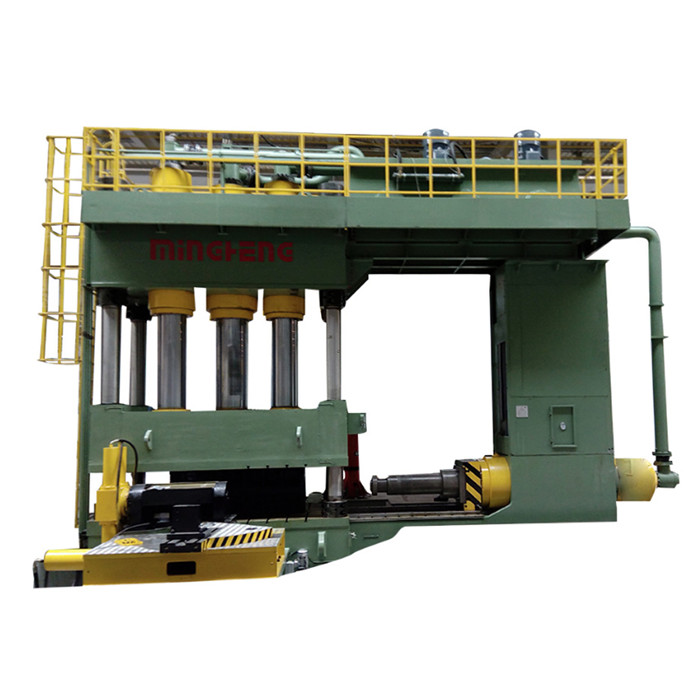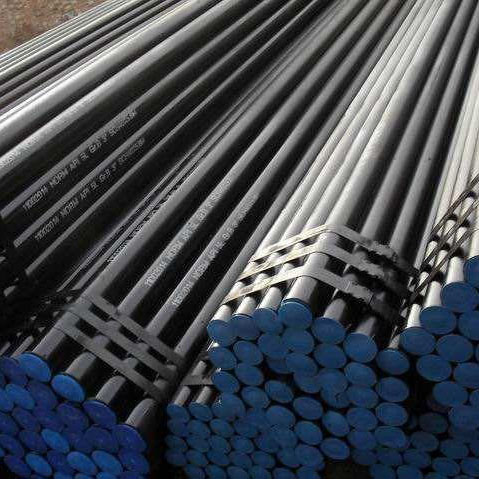When working on plumbing systems, it’s essential to understand the types of plumbing pipes and fittings you’ll encounter. These components are the backbone of any plumbing project, ensuring the safe and efficient movement of water, gas, and waste. This article will guide you through the different stainless steel pipe connection types, different types of pipe connections, Dan plumbing pipe connection types to help you select the best solution for your needs. Additionally, we will explore garden irrigation pipes and fittings and highlight the importance of stainless steel fittings manufacturers in providing reliable, durable products.
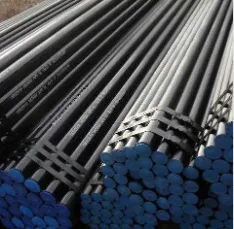
Types of Plumbing Pipes and Fittings: A Wide Range of Options
Understanding the types of plumbing pipes and fittings is crucial for anyone undertaking a plumbing project. Different pipe materials and fittings offer unique benefits, making it essential to choose the right one based on the application, budget, and environmental factors. The most common types of plumbing pipes and fittings include:
-
PVC Pipes and Fittings: Lightweight, corrosion-resistant, and inexpensive, PVC pipes are commonly used for drain, waste, and vent systems. They’re easy to install, making them ideal for residential plumbing.
-
Copper Pipes and Fittings: Copper is highly durable and resistant to corrosion, making it an excellent choice for water supply lines. Copper fittings are often used in both residential and commercial plumbing.
-
PEX Pipes and Fittings: PEX, or cross-linked polyethylene, is flexible, easy to install, and resistant to freezing. It's commonly used in hot and cold water systems.
-
Steel Pipes and Fittings: Steel pipes, often galvanized for corrosion resistance, are used for both water and gas applications, though they are heavier and more difficult to work with than other materials.
-
ABS Pipes and Fittings: Acrylonitrile butadiene styrene (ABS) pipes are similar to PVC but more rigid and resistant to impact. They’re typically used for venting and drain systems.
Memilih yang tepat types of plumbing pipes and fittings depends on your needs. Whether you're dealing with residential plumbing, commercial plumbing, or industrial applications, understanding the material properties and performance of each type is essential for achieving long-lasting and efficient results.
Stainless Steel Pipe Connection Types: Durability Meets Performance
When considering stainless steel pipe connection types, it’s essential to focus on durability, corrosion resistance, and the specific needs of your plumbing system. Stainless steel is known for its excellent strength and ability to withstand extreme temperatures and pressures, making it ideal for both industrial and residential applications. Common stainless steel pipe connection types include:
-
Butt Weld: A popular method for connecting stainless steel pipes, this connection type is strong and ensures a seamless flow with minimal turbulence.
-
Threaded Connections: Threaded fittings are commonly used for connecting pipes in stainless steel systems, making installation quick and simple.
-
Flanged Connections: Flanges are used to connect pipes by bolting them together, often used in high-pressure systems where tight seals are required.
-
Compression Fittings: Compression fittings offer a leak-proof connection without the need for welding or soldering, ideal for small diameter stainless steel pipes.
-
Push-Fit Connections: Push-fit fittings are used for quick, easy connections and are increasingly used in both residential and commercial systems.
The choice of stainless steel pipe connection types depends on the system’s pressure, temperature, and the fluid being transported. When selecting the appropriate connection, it’s important to consider factors like ease of installation, maintenance needs, and cost.
Different Types of Pipe Connections: An Overview of Popular Methods
Different types of pipe connections are fundamental to any plumbing or piping system. The connection type you choose determines how well your system functions, its ease of maintenance, and its overall durability. Understanding the different types of pipe connections is essential for selecting the best solution for your project. Some of the most common different types of pipe connections include:
-
Soldered or Brazed Connections: These connections are used in metal pipe systems, where the pipe ends are joined using heat and a filler material. This is a permanent connection that is resistant to high pressures and temperatures.
-
Compression Fittings: A compression fitting uses a mechanical compression of the pipe and fitting to create a seal. These are commonly used in smaller plumbing applications and are easy to install without welding.
-
Push-Fit Connections: Quick to install and easy to use, push-fit connections are an increasingly popular choice for DIY and professional plumbers alike. They are reliable, fast, and can be used with various pipe materials.
-
Slip Joint Connections: Slip joint connections involve a sliding motion of one part of the joint, often found in sink drain applications. They are a popular choice for plumbing where flexibility is necessary.
-
Victaulic Fittings: Victaulic fittings use a mechanical locking mechanism to connect pipes, making them ideal for quick and secure installations, especially in larger systems.
When you know the different types of pipe connections available, you can choose the best one for your system, ensuring ease of use, maintenance, and performance.
Plumbing Pipe Connection Types: Essential for Leak-Free Systems
Plumbing pipe connection types are fundamental to ensuring that your plumbing system is leak-free and operates efficiently. Each plumbing pipe connection type is designed for specific types of pipes and systems. By choosing the appropriate connection, you can achieve a more secure and long-lasting system. Key plumbing pipe connection types include:
-
Threaded Connections: These are commonly used for connecting pipes where disassembly may be required. Threaded connections are typically used in water or gas lines.
-
Push-Fit Fittings: Perfect for quick plumbing fixes, push-fit connections are easy to use and provide a tight, leak-free seal. They are ideal for residential and commercial applications.
-
Soldered Fittings: These connections are used for copper pipes, where the pipe ends are melted and sealed using solder. Soldered fittings are known for their reliability and durability in long-term installations.
-
Compression Fittings: Offering a mechanical seal, compression fittings are easy to install and require no special tools. They are often used in water lines and for connecting smaller pipes.
-
Flanged Connections: Used in high-pressure systems, flanged connections provide a strong seal that’s easy to remove for maintenance or repairs. These are commonly found in industrial and large-scale plumbing systems.
Memahami plumbing pipe connection types is vital to ensuring your system’s safety and reliability. By choosing the right type of connection, you can prevent leaks, reduce maintenance costs, and ensure that your plumbing system remains efficient over time.
Garden Irrigation Pipes and Fittings: A Simple Solution for Lawn Care
When it comes to gardening, selecting the right garden irrigation pipes and fittings is essential for ensuring that your plants receive the proper amount of water. Whether you're building a new irrigation system or replacing old components, the right garden irrigation pipes and fittings will save you time, effort, and resources. The most commonly used garden irrigation pipes and fittings include:
-
PVC Pipes: Lightweight and cost-effective, PVC pipes are the most popular choice for residential irrigation systems. They are easy to install and resistant to corrosion, making them ideal for outdoor applications.
-
Polyethylene Pipes: Flexible and durable, polyethylene pipes are perfect for garden irrigation because they can bend easily and are resistant to breaking or cracking under pressure.
-
Drip Irrigation Fittings: Drip irrigation systems use a network of pipes and fittings to slowly deliver water to the plant roots, conserving water and ensuring efficient use.
-
Sprinkler Fittings: Sprinkler systems are an effective way to water large areas, and choosing the correct garden irrigation pipes and fittingsensures the system works efficiently.
Memilih yang tepat garden irrigation pipes and fittings ensures that your garden or lawn gets the right amount of water, whether you’re using drip irrigation or traditional sprinkler systems. Proper installation and quality materials lead to a more sustainable and healthier garden.
When sourcing components for piping systems, working with reliable stainless steel fittings manufacturers is essential. These manufacturers produce fittings that are resistant to corrosion, heat, and pressure, making them ideal for a wide range of applications, from residential plumbing to industrial piping systems. Stainless steel fittings manufacturers produce a variety of fitting types, such as:
-
Elbows and Tees: Used to change the direction of pipes or connect multiple pipes together.
-
Flensa: Used to join pipes securely, allowing for easy maintenance and replacement.
-
Compression Fittings: These fittings create a tight seal without the need for welding or soldering.
-
Couplings: Used to connect two pipes of the same diameter.
By choosing high-quality products from trusted stainless steel fittings manufacturers, you ensure that your system is built to last and can withstand the harsh conditions often found in plumbing and industrial applications.
Understanding the types of plumbing pipes and fittings, different types of pipe connections, Dan plumbing pipe connection types is crucial to maintaining a reliable and leak-free piping system. From garden irrigation pipes and fittings to the durability and corrosion resistance offered by stainless steel fittings manufacturers, selecting the right components ensures that your plumbing system operates efficiently for years to come. Whether you're building a new system or maintaining an existing one, knowing the ins and outs of these products will help you make informed decisions that improve performance and reduce maintenance costs.
Post time: Mar . 27, 2025 14:34










